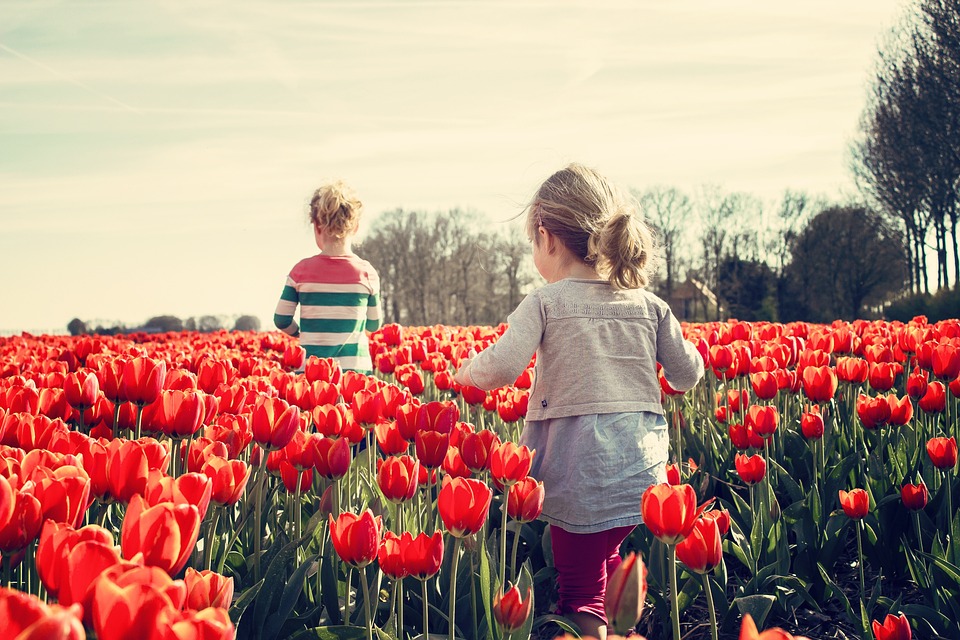Buddhas in Nurseries
Sculptures and pictures of the Buddha have been put in the grounds of sanctuaries and nurseries since old times and planting areas of strength for has with Buddhism:
It is trusted that;
The Dirt of the nursery addresses the prolific ground of Buddha’s Brain. A Sangha (Pali for Buddhist people group) is equivalent to local area of plants in the nursery. Dhamma (lessons of the Buddha) is the declaration of shrewdness that is in the Sanctuary – Nursery.
In the event that a nursery can be viewed as a psyche then:
Ways address the approaches to illumination. The dirt addresses the condition of our own inside Karma. It’s planting addresses ripe and blooming thoughts. The changing seasons address of the changing temperaments of the psyche. Eastern practice likewise proposes that the Buddha shouldn’t point toward the south, as this is related with Yama, a Hindu god and judge of the dead. North is the favored heading while putting Buddha sculptures in the nursery.
Buddhist nurseries
Unadulterated Land Buddhism
The creation of Buddhist nurseries in Japan was motivated by Unadulterated Land Buddhism development which initially came from China. It has as its focal point the Mandala showing the Buddha with a sanctuary and a nursery – it has motivated the creation of nurseries with comparable imagery.
Harmony Buddhism
Harmony Buddhism accepts that by creating a fine nursery can add to edification and happiness. This requires expertise, imaginative judgment and a profound comprehension of nature joined with consistent consideration. So planting can be a considered a strict action.
It would be ideal for they to by and large have:
- A lovely spot for sitting unobtrusively or for reflection.
- Various Ways for the act of strolling contemplation.
- A lotus pool containing a Buddha sculpture.
- A spot for the taking care of fish, birds or creatures.

